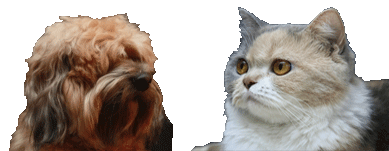Information about the Portuguese Pointer
A Portuguese Pointer, (Portuguese: Perdigueiro Português) is a breed of dog developed as a gun dog. It is one of several pointing breeds and is mainly used in Red-legged Partridge hunting. The Portuguese pointer (perdigueiro Português) arose from the ancient Iberian hunting dogs with his presence in Portugal traceable to the early Twelfth Century. Initially the dog was bred in the royal kennels and later became a very popular hunting dog for the lower classes of society. In the Eighteenth Century, many English families established a presence in the region of Oporto in the business of wine production and came to know the Portuguese hunting breed which was taken to England where they played a part in the origin of the English pointer. However, during the Nineteenth Century when Portugal was experiencing considerable social hardships, the breed began a progressive decline. It was not until the 1920’s when some breeders made an effort to salvage the breed by locating some of the ancient Portuguese dogs in the inaccessible north of Portugal. The Portuguese pedigree book was then established in 1932 and breed standard in 1938. For at least a thousand years, this dog has always had the same square head, a marked stop, triangular ears and compact look.
The Portuguese Pointer is a dog of medium proportions.
When being evaluated at a conformation show, dogs judged for conformation that benefits working ability, with deviations from the standard penalised according to the amount that they interfere with working ability. The dogs are square in build, with the 10:10½ height to length ratio. The tail is docked to half, or two-thirds the natural length, and held level with the spine when the dog is excited, hanging down otherwise.
The coat is short and coarse on most of the dog, being the texture of velvet on the ears and face.
Its standard colour is yellow or light brown, both unicoloured or with white markings.
The height at the withers is 56 – 50 cm (22 – 20 in). The weight is 20 – 27 kg (44 – 59 lb) for males, and 16 – 21 kg (35 – 48 lb) for females.
[Back]

